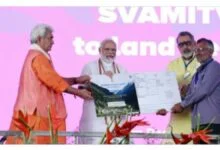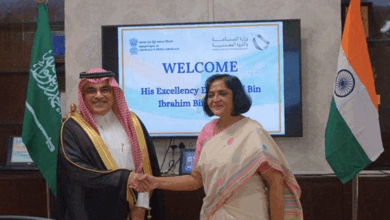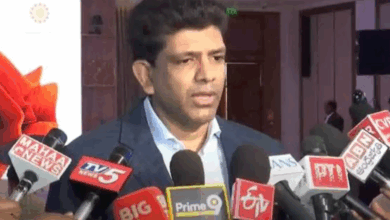Justice Chandrachud inaugurates Judgments & Orders portal and e-filing 3.0 module

Justice Chandrachud, while speaking about the portal, said the judgment search portal, has data today of 38 million cases available
Dr. Justice Dhananjaya Y. Chandrachud, Judge, Supreme Court of India and Chairperson, e-Committee of the Supreme Court on April 9, 2021, Friday, inaugurated a Judgments and Orders Portal for searching past judgments and orders and an e-Filing 3.0 module to allow electronic filing of court documents, through a virtual event. Several dignitaries including Shri Barun Mitra, Secretary, Department of Justice;
Chief Justices of various High Courts; Dr. Neeta Verma, Director General, National Informatics Centre, and members of e-committee of Supreme Court joined the event virtually. The initiatives developed by Pune based e-Courts project team are aimed to strengthen the legal system.
The Judgments and Orders search portal is a repository of judgments pronounced by various High Courts in the country. It provides a facility to search judgments and final orders based on multiple search criteria. The main features of the portal are:
- Free text search facilitates user to search judgments based on any keyword or combination of multiple keywords
- Users can also search judgments based on various criteria like including bench, case type, case number, year, petitioner/ respondent name, judge name, act, section, disposal nature, and decision date. A combination of several search options assists the users to get the desired results.
- The embedded filtering feature allows further filters on available results, thus adding value to the search.
Justice Chandrachud, while speaking about the portal, said the judgment search portal, has data today of 38 million cases available, “We have data of 106 million cases which are being disposed of & are available & the total number of 141 million orders. With this mine of data, why not we provide a free search engine.”
The e-filing 3.0 module, introduced by the e-Committee of the Supreme Court, allows the electronic filing of court documents. With the introduction of the new module, there will be no need for lawyers or clients to visit the court premises for filing a case. The filing process can take place even when the court, client, and lawyer are at three different locations.
“Lawyers sitting in their own office can do the entire exercise without travelling. And the project system was completed in a record time of 6 months,” Dr Justice Dhananjaya Y. Chandrachud, Judge, Supreme Court of India and Chairperson, e-Committee said during the unveiling of the e-filing module. The e-filing portal aims to aid in the work of the lawyers by:
- Providing readymade templates for drafting. The templates can help advocates in quickly drafting their pleadings. These pleadings can be uploaded and shared with the clients who can e-sign them from their homes.
- The new module will allow a litigant submitting the documents to video record their oath.
- The portal will let lawyers add their colleagues and juniors as partners and allow all of them to work on a case collectively.
- The portal will provide a portfolio management and case planner tool which will help track developments across respective cases.
“For instance, a bank manager is located in Agra, the advocate is based in Lucknow but the case it to be filed in Gorakhpur. All three can collaborate on the e-filing 3.0 module which is being created by the NIC to ensure they can collaborate and represent their case.”- said Justice DY Chandrachud.








